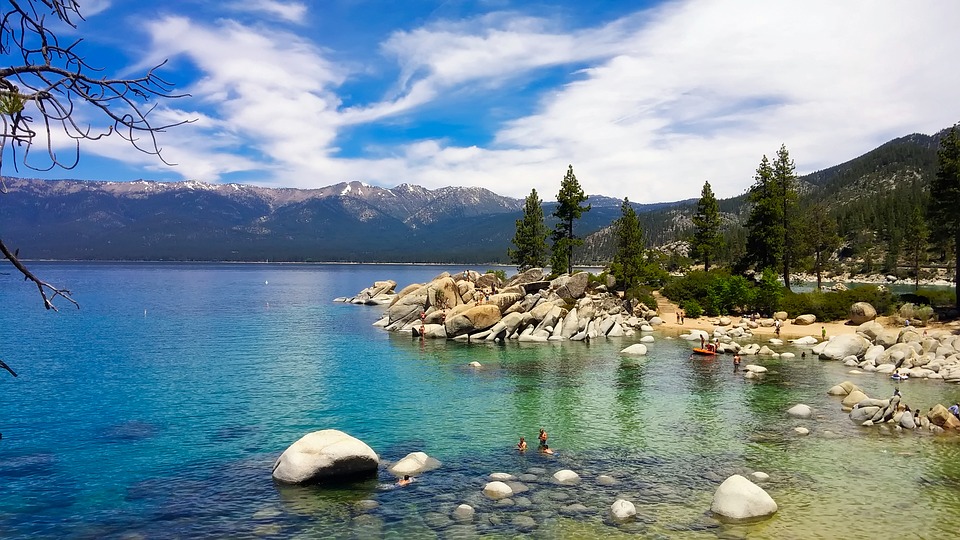The Lake Tahoe basin is arguably one of the most beautiful places on Earth. For me, especially when I describe it to others, its beauty comes from its random geographic position; surrounded by flat, dry valleys on two sides; covered with green forests; and the distinctive blue of the lake in the middle of it all. And a lot of its natural beauty has lasted this long due to strict growth regulations, public agency and individuals’ efforts, and the close monitoring of the forests and water quality and clarity of the lake. Therefore, it is not surprising that the permitting process for new construction within the basin keeps becoming more and more challenging.
As a civil engineer who has worked on projects around the Lake Tahoe area over the years, I have seen firsthand how the rules and regulations for issuing building permits have become stricter. And even though I may get impatient with some of these processes, overall, I understand that the ultimate objective is to protect the environment and keep the lake as pristine as possible. Unfortunately, strict growth control measures, construction costs, and demand have made the Tahoe area unattainable to a large portion of its workforce. That said, the alternative is to allow unbridled residential construction, which may bring the cost of housing down, but at the cost of the uniqueness of Lake Tahoe. That said, and it was worth mentioning the high cost of housing, this article is about the work, effort, and resources needed to build in the Tahoe basin.
For example, water conservation, energy efficiency, and fire protection are key requirements for issuing building permits on both sides of the lake (California and Nevada) that have become standard practice. We expect these guidelines to continue evolving and becoming ever stricter. However, as noted above, the measures taken will help protect Lake Tahoe’s natural beauty if analyzed on their functionality alone. To that end, it is important to remember that these sustainability measures also save on costs.
Let’s take the example of providing efficient drainage around new construction. The traditional solution has been to collect the water in some inlet, pipe it and connect it to a nearby public underground storm sewer system. However, it is less costly and more aesthetically pleasing if the stormwater runoff, especially from a roof, is harvested and stored for irrigation. Also, the runoff can be collected in an excavated basin, which is then landscaped with plants to create a “rain garden.” This feature, which has been gaining interest statewide in California, is also used in busy urban settings. See the photo below of a rain garden in front of San Francisco City Hall on busy Van Ness Avenue,
As civil engineers, we are motivated to find the best and most efficient solution to our built environment needs, which can be challenging. Therefore, in the case of Lake Tahoe, we need to be at the forefront of developing solutions that both protect the environment and provide the civil works projects our communities need.

